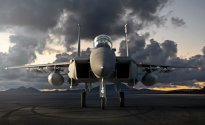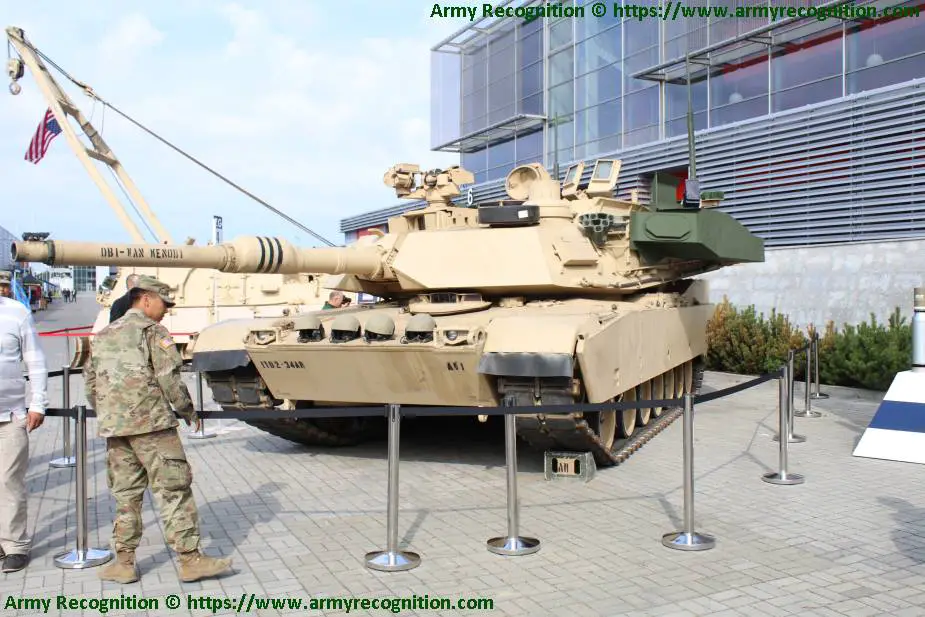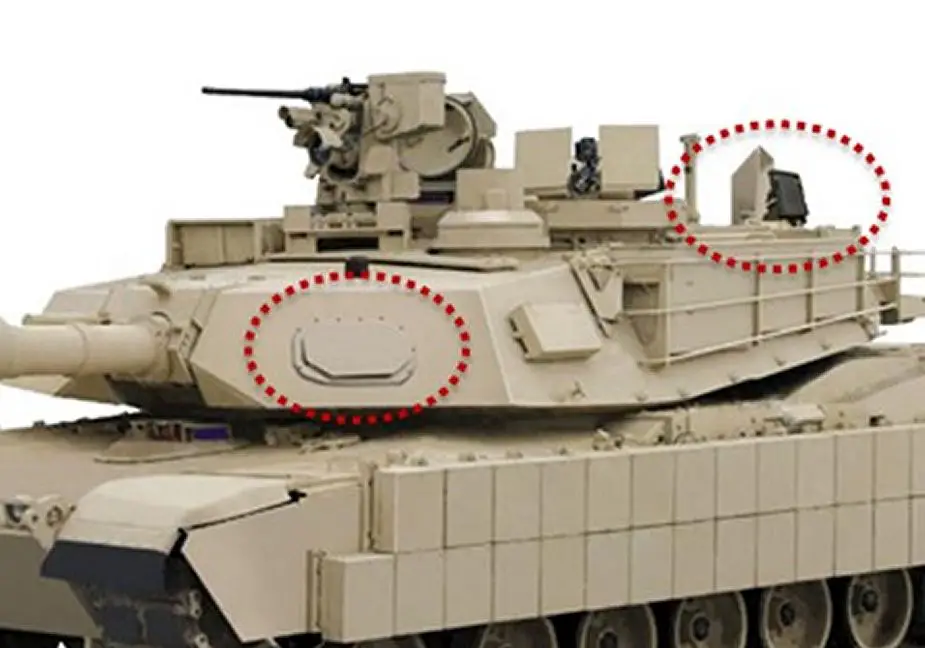L3 Harris, Northrop score $1.3B in SDA hypersonic missile tracking contracts
WASHINGTON: The Space Development Agency (SDA) today announced L3Harris and Northrop Grumman as the winners in its $1.3 billion contest for development of a new constellation of missile tracking satellites capable of keeping tabs on Chinese and Russian hypersonic missiles.“Historically, we have not flown satellites that were designed to go after and detect the hypersonic maneuvering vehicles,” SDA Director Derek Tournear told reporters following the contract announcement. “Our adversaries, so primarily Russia and China, have been developing in and testing hypersonic glide vehicles, these advanced missiles that are extremely maneuverable, and so these satellites are specifically designed to go after that next-generation version of threats out there.”
The Tracking Layer satellites, he told reporters today, would be able to track fast-moving hypersonic missiles “throughout the entire flight” and predict their “impact point” by spotting changes in heat during launch and subsequent maneuvers. (Legacy missile warning systems are capable of detecting launch but not the dimmer infrared plumes of maneuvering hypersonic vehicles.)
L3Harris and Northrop Grumman beat out five other contractors for development of the so-called Tranche 1 , to comprise a total of 28 satellites in Low Earth Orbit (LEO).
Each contractor will build 14 satellites under an Other Transaction Authorities (OTA) contract: L3 Harris’s award with a potential value of approximately $700 million; and Northrop Grumman’s potentially worth about $617 million, according to SDA’s press release. SDA plans to begin launching the satellites in 2025.
SDA’s planned constellation, which ultimately could , is part of the Space Force’s resilient missile warning/missile tracking architecture that eventually will include satellites in as well.
The awards are a first step in the Space Force’s plan, which will move the Defense Department away from today’s reliance on a a handful of large expensive satellites in Geosynchronous Earth Orbit (GEO) and highly elliptical polar orbits, SDA Director Derek Tournear said.
“Since it’s a critical no-fail mission, there will be an overlap for some time [with the legacy systems] while we build up this LEO and MEO constellation, but eventually it will go to all LEO and all MEO to be able to do the missile warning/missile tracking.”
Those legacy systems are: the constellation, first developed in the 1990s and only in August finally slated to be completed; and its planned replacement, the constellation. The Space Force has budgeted some $14.4 billion through 2025 for Next-Gen OPIR, planning to have all five of the birds on orbit by 2029.
Tournear explained that SDA’s LEO-based missile tracking satellites will be able to pass “three dimensional” coordinates on the whereabouts of both ballistic missiles and highly maneuverable missiles via its of data relay satellites to US missile defense systems on the ground and at sea.
“The Transport and Tracking layers work in tandem,” he said.
SDA awarded York Space Systems, Northrop Grumman and Lockheed Martin a total of $1.8 billion for its first set of mission-capable Transport Layer satellites.




